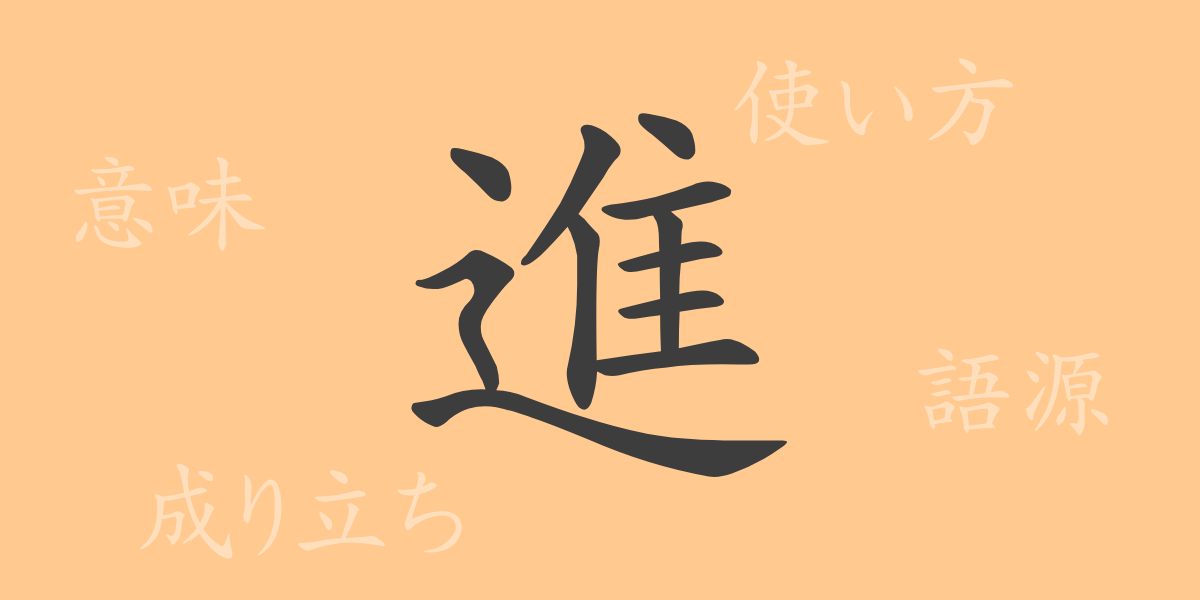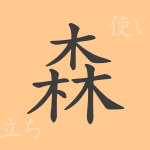Japanese Kanji are profound, each carrying unique historical and semantic value. ‘進’ is one such Kanji frequently used in daily life and business, symbolizing forward movement and growth. This article explores the etymology, contemporary usage, and deeper meanings of ‘進’, inviting you to rediscover the richness of the Japanese language.
Origins of 進 (しん)
The Kanji ‘進’ originated in ancient China, combining the radical for stop, ‘止’, with ‘辵’ (しんにょう), which conveys the idea of moving straight ahead. This fusion creates the meaning ‘to keep moving forward’, evolving to represent progression through time and space.
Meaning and Usage of 進
‘進’ is used to express ‘to advance’, ‘to progress’, or ‘to promote’. It also appears in contexts like ‘進言’ (suggestion) and ‘進物’ (offering), reflecting the aspect of politeness in advancing proposals or hospitality. Thus, ‘進’ is used not only for physical movement but also to indicate social progress and the dynamics of human relationships.
Readings, Stroke Count, and Radical of 進
‘進’ is a versatile Kanji in Japanese.
- Readings: On’yomi ‘シン’, Kun’yomi ‘すす.む’, ‘すす.める’
- Stroke Count: 11 strokes.
- Radical: The radical of ‘進’ is ‘辵’ (しんにょう).
Phrases, Idioms, and Proverbs Using 進
Many idioms, phrases, and proverbs incorporate ‘進’, each enriching the Japanese language. For instance, ‘進撃’ (advance), ‘進化’ (evolution), and ‘進学’ (advancing to a higher level of education) reflect the efforts, growth, and changes in people’s lives.
Conclusion on 進
The Kanji ‘進’, as its formation suggests, embodies the power of ceaseless advancement. It plays a significant role in our lives, driving learning, growth, and steps towards the future. Through this article, we hope you appreciate the depth of ‘進’ and the beauty of the Japanese language.

























